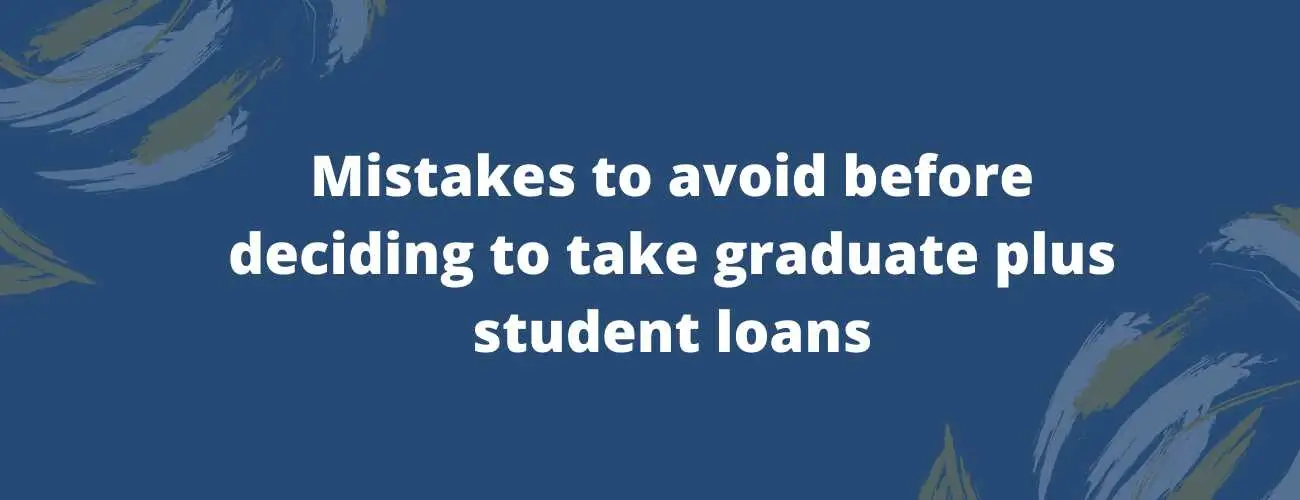On the off chance that you required cash for school and an outsider approached you in the city and inquired as to whether you'd preferably have a subsidized or an unsubsidized loan, you'd most likely state "subsidized," isn't that so?
Federal direct subsidized loans are in reality the best arrangement for borrowers around (accepting you've exploited all the grants, awards, and other free aid that is accessible to you to pay for school).
In any case, that doesn't mean federal direct unsubsidized credits are a terrible arrangement. They are still government student loans, and that implies they accompany low, fixed rates and some significant borrower benefits.
Truth be told, direct unsubsidized loans for students convey a similar rate of interest as subsidized loans. However, that interest fires accumulating sooner — one of a few shrouded expenses of direct unsubsidized student loans you should think about (more subtleties underneath).
As the outline underneath shows, direct unsubsidized loans for graduate students are more costly than those for students.
Table of Contents:
- Why take out direct unsubsidized loans?
- Subsidized versus unsubsidized student loans
- Repayment techniques
Why take out direct unsubsidized loans?
You may wind up going to coordinate unsubsidized loans for a few reasons.
To begin with, subsidized loans are just accessible to students who can exhibit budgetary needs. That assurance depends on the expense of the school you're joining in, and data you give about your payments on the Free Application for Federal Student Aid or FAFSA.
Second, there are exacting limits concerning the amount you can obtain in subsidized loans. Right now, you can take out $3,500 in subsidized loans as a first-year recruit, $4,500 as a sophomore, and $5,500 every year when you're lesser or senior. In case you're in a four-year degree program, you can tap subsidized loans for a long time, however there's a $23,000 lifetime limit on subsidized direct loans for students.
|
Year |
Dependent Students |
Independent Students (Or Dependent Students Whose Parents Can’t Obtain PLUS Loans) |
|
The first-year undergraduate annual loan limit |
$5,500 ($3,500 in subsidized loans) |
$9,500 ($3,500 of in subsidized loans) |
|
The second-year undergraduate annual loan limit |
$6,500 ($4,500 in subsidized loans) |
$10,500 ($4,500 in subsidized loans) |
|
Third-year and beyond undergraduate annual loan limit |
$7,500 ($5,500 in subsidized loans) |
$12,500 ($5,500 in subsidized loans) |
|
Graduate or professional students annual loan limit |
n/a |
$20,500 (unsubsidized only) |
|
The subsidized and unsubsidized aggregate loan limit |
$31,000 ($23,000 in subsidized loans) |
$57,500 for undergraduates ($23,000 in subsidized loans) $138,500 for graduate or professional students ($65,500 in subsidized loans). The graduate aggregate limit includes all federal loans received for undergraduate study. |
As the outline above illustrates, graduate students and independent students (at any rate 24 years of age, wedded, or deployment-ready military, for instance) can take out more unsubsidized direct loans — up to $57,500 — than students who are reliant on their parents, who right now maximize at $31,000.
Those higher cutoff points likewise apply to subordinate understudies whose guardians can't take out PLUS loans for their benefit. All of which implies that you ought to know about the highlights of government direct unsubsidized loans, since you may need to depend on them pretty intensely.
Subsidized versus unsubsidized student loans
There are some inconspicuous contrasts between direct subsidized loans and their unsubsidized partners that you should remember when obtaining cash for school and making arrangements for repaying those obligations.
The greatest contrast among subsidized and unsubsidized loans is when interest is charged, and when it's not.
Even though unsubsidized loans to students convey a similarly low rate as subsidized loans, interest begins accumulating on unsubsidized loans while you're still in school when the loan is dispensed.
With both subsidized and unsubsidized loans, you get a similar half-year grace period after you leave school before you need to begin repaying your loans. Yet, with an unsubsidized loan, any interest that you don't pay while you're in school and during your grace period will be promoted — added to the chief measure of your credit — when it's an ideal opportunity to begin making regularly scheduled installments.
While the administration will deal with any interest if you need a delay on a subsidized loan, the interest keeps on accruing on unsubsidized loans during a suspension. Interest accumulates on the two kinds of loans in the event that you have conceded forbearance.
Another element of federal direct unsubsidized student loans to remember as you graph your excursion through advanced education is that in case you're anticipating going to graduate school, you'll pay a higher loan cost. Keep in mind, graduate school students aren't qualified for direct subsidized student loans, regardless of how incredible their monetary need.
Be that as it may, direct unsubsidized loans are as yet a less expensive alternative than federal PLUS loans. If you take out a PLUS loan between July 1, 2018, and June 30, 2019, you'll pay 7.60 percent interest and a difficult 4.3 percent in loan payment expense. Before doing that, it merits investigating offers from private student banks, who give student loans to students, graduate students, and guardians that are valued seriously with PLUS loans.
Repayment techniques
If you have unsubsidized student loans, one thing you can do to make repayment progressively reasonable is to make intentional installments on the interest they gather while you're in school, or deferment or forbearance. Contingent upon your loan balance, you might have the option to shield interest from accumulating by paying just $20, $50, or $100 month.
When your grace period has lapsed and interest is collecting on the entirety of your loans, consider designating a greater amount of your budgetary assets to settle high-interest loans first. Note that on the off chance that you decide to join the entirety of your loans into a federal direct consolidation loan to exploit an income-driven repayment plan, you won't have the option to actualize this methodology. Your federal direct consolidation loan will have a weighted rate of interest dependent on the paces of the loans you've merged.
The best way to bring down your rate of interest is to refinance your loans with a private loan specialist. Although you'll lose access to some borrower benefits that accompany government loans, for example, income-driven repayment plans and potential loan forgiveness, refinancing is an inexorably well-known alternative for the individuals who don't hope to profit by loan forgiving.
Salary driven repayment plans can be a lifeline for borrowers with huge student loan adjusts and unassuming livelihoods, especially if they hope to meet all requirements for loan forgiveness following 10, 20 or 25 years of installments. Be that as it may, for other people, loosening up installments over a more drawn out timeframe will build the aggregate sum repaid. If you do meet all requirements for loan forgiving under a salary driven repayment plan, you may confront a huge assessment bill.
| Minumum Credit Score | Apply in as little as | Variable APR | Fixed APR | ||
|---|---|---|---|---|---|
 | Not Available | 15 minutes or less | 2.95 | 4.74 | View disclosures |
 | 620 | 2 minutes | 5.38%-16.99%1 | 4.43%-16.99%1 | View disclosures |
 | Not Available | 15 minutes | 1.13% - 11.23%¹ (with autopay) | 3.50% - 12.60%¹ (with autopay) | View disclosures |
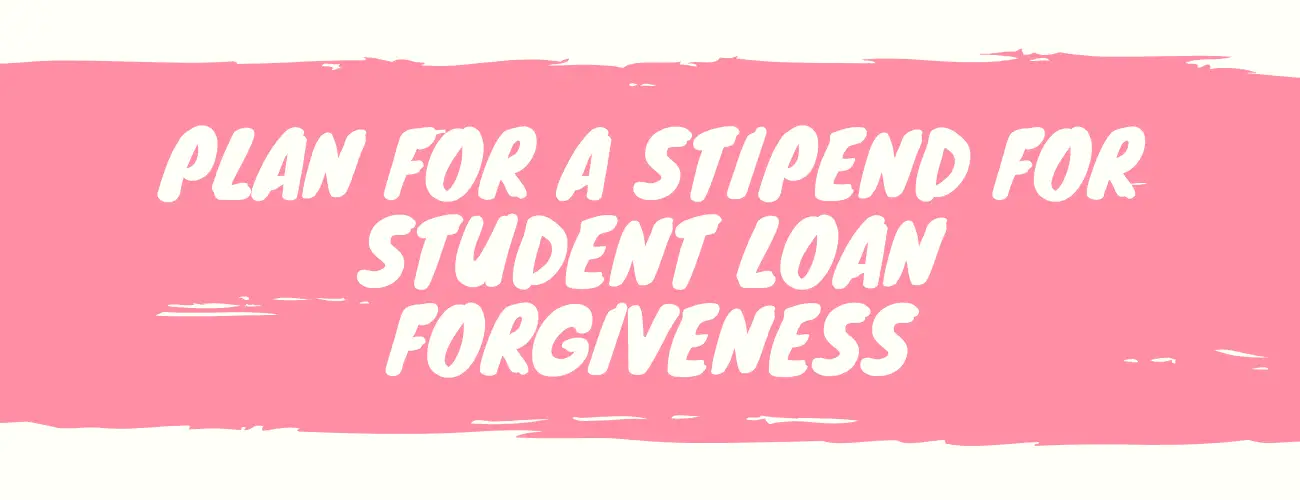
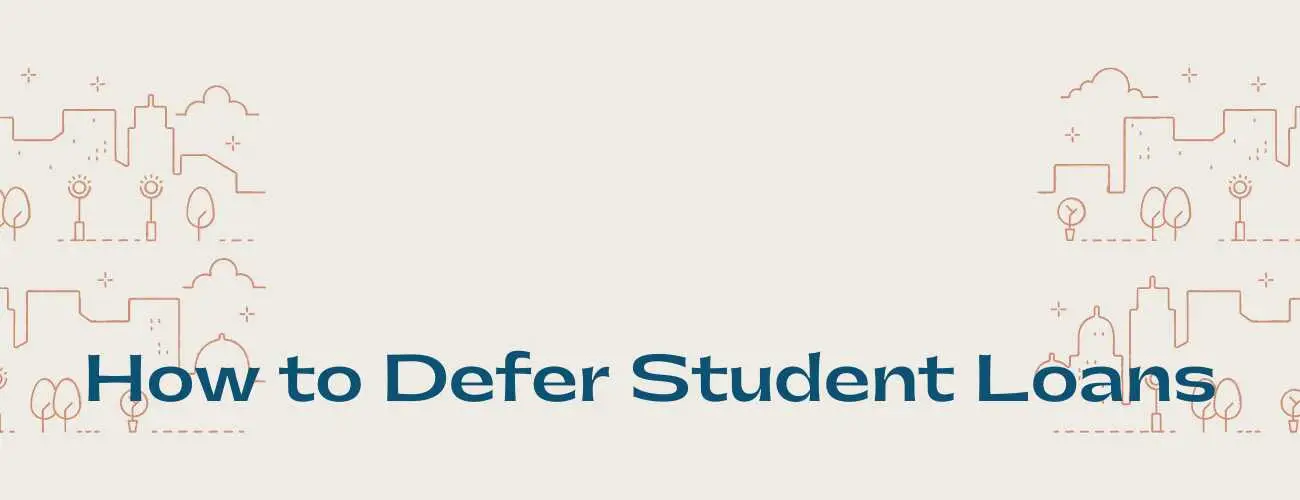
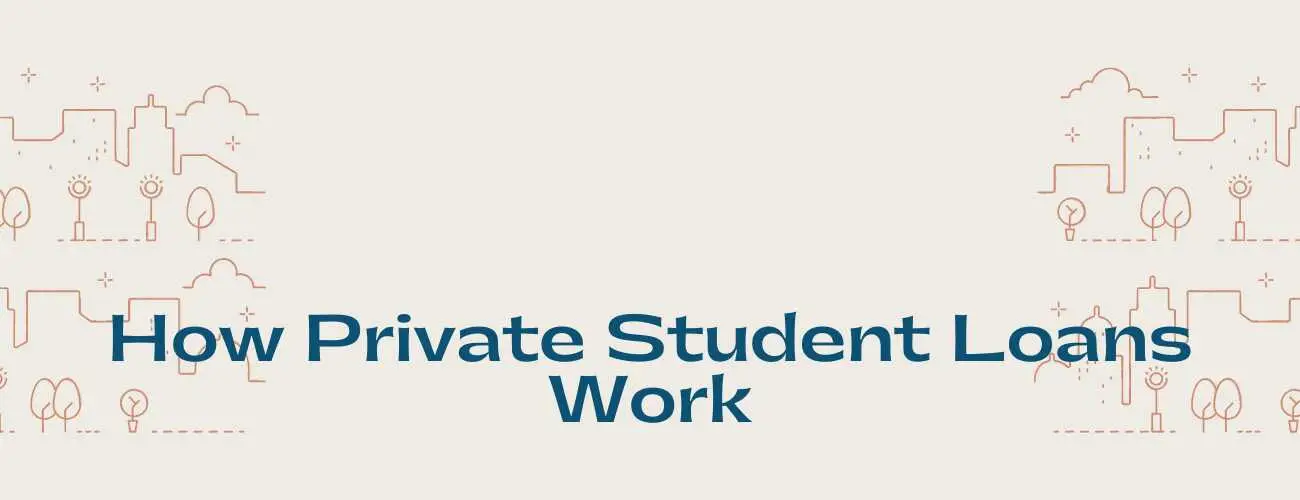
93.jpg)
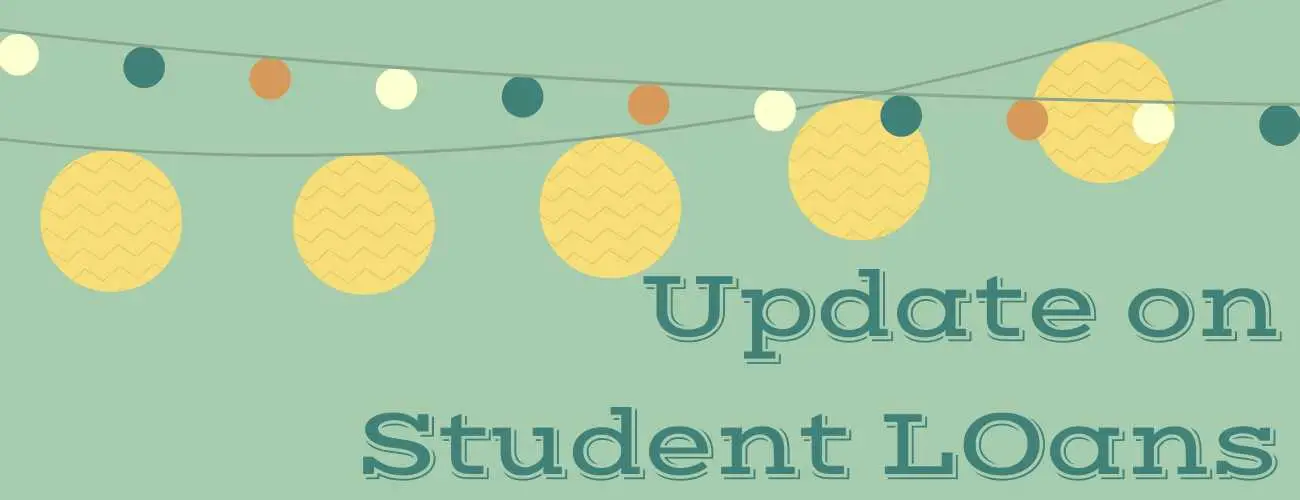

28.jpg)
